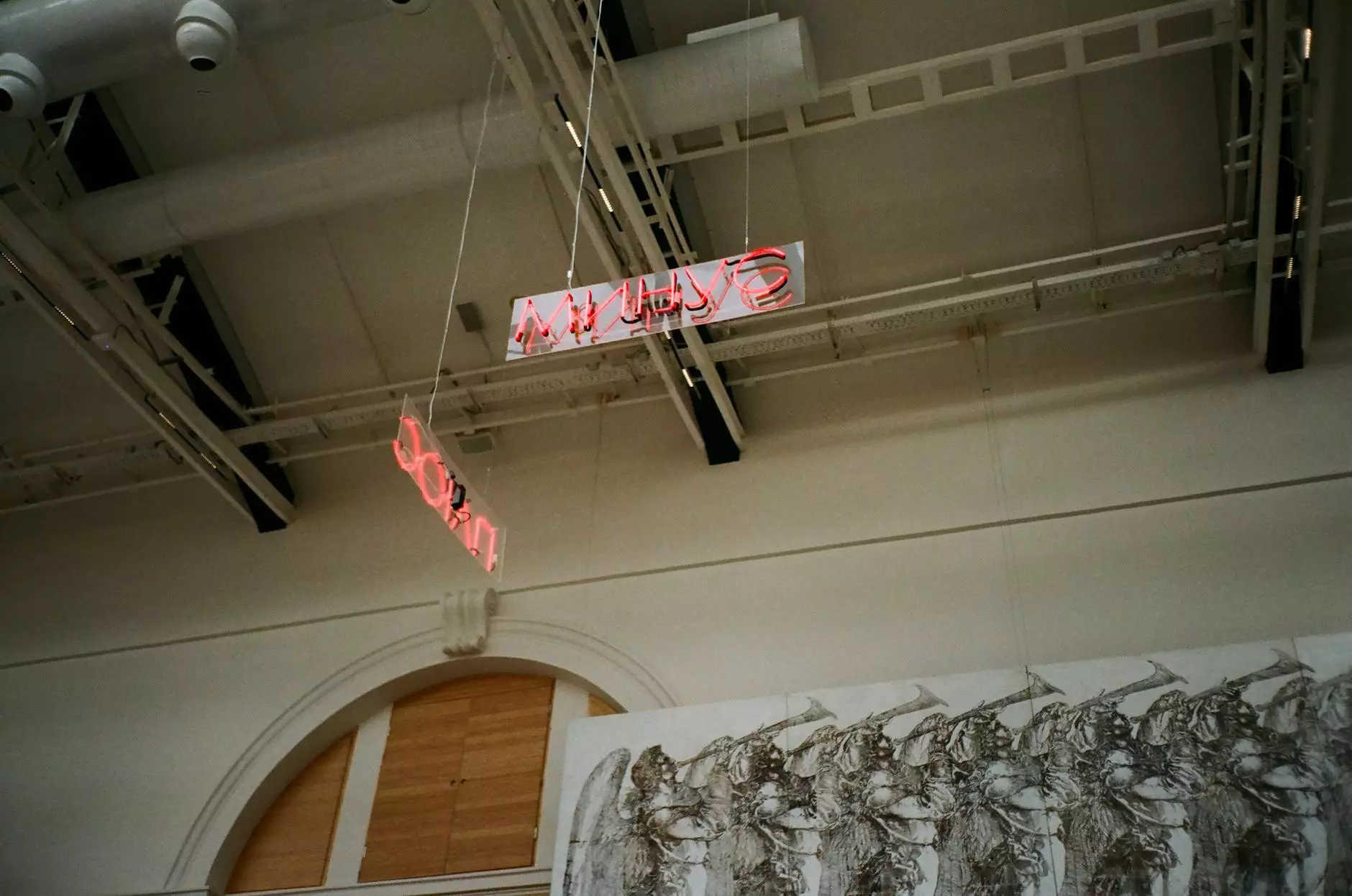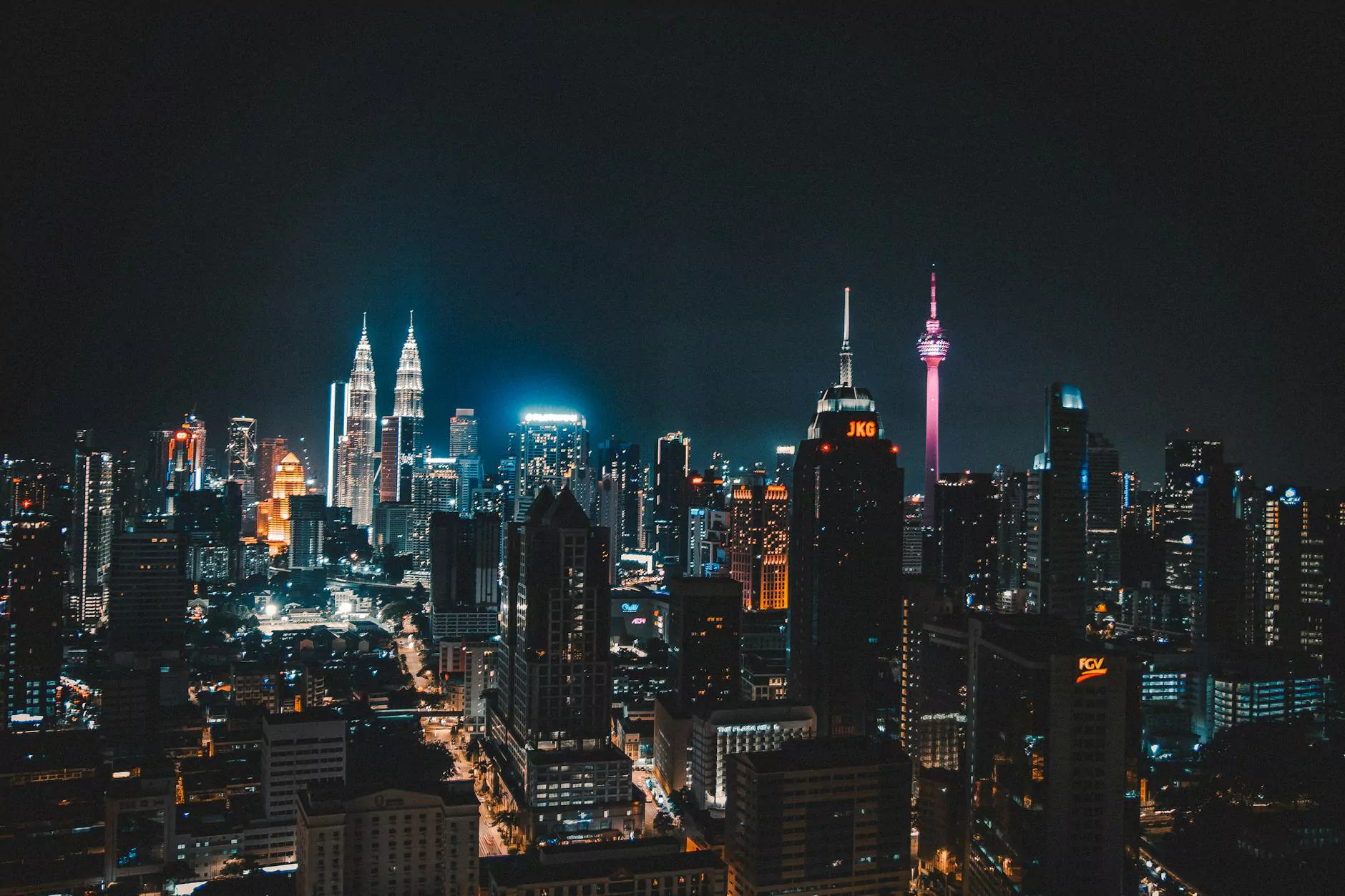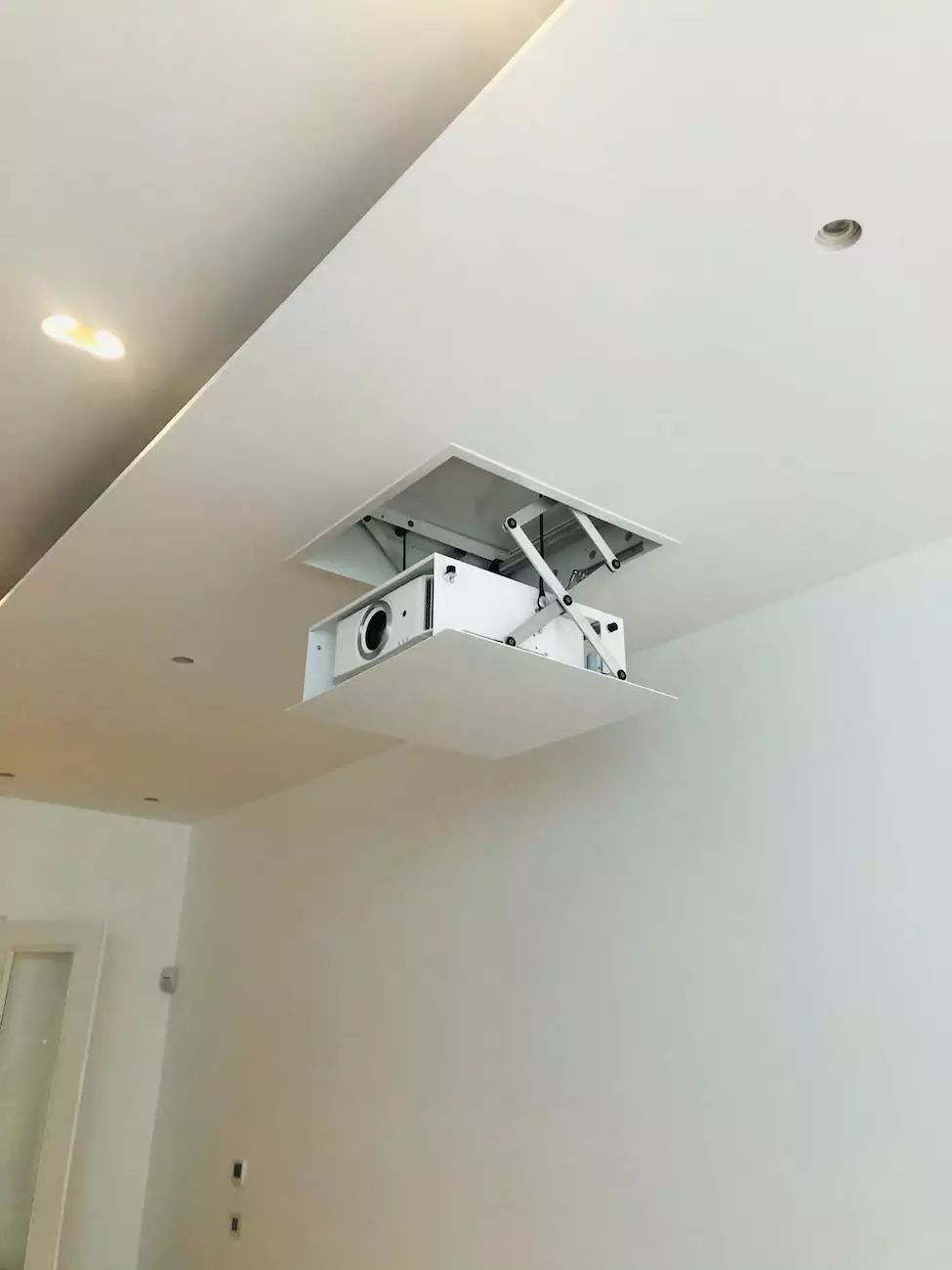Occupancy & Vacancy Sensors: A Short Summary

Introduction
Welcome to Video Technics, your trusted resource for all things related to modern technology. In this article, we will provide a comprehensive overview of occupancy and vacancy sensors, their benefits, and their applications in various settings. Whether you are a homeowner, business owner, or simply interested in energy-efficient solutions, this guide will equip you with valuable insights.
Understanding Occupancy and Vacancy Sensors
Occupancy and vacancy sensors are devices designed to detect motion and presence in a given space. They are commonly used to control lighting, HVAC systems, and other electrical devices by automatically responding to the occupancy status of a room. These sensors play a crucial role in energy conservation, convenience, and security.
Types of Occupancy and Vacancy Sensors
There are several types of occupancy and vacancy sensors available in the market today. Here are some of the most commonly used ones:
1. Passive Infrared (PIR) Sensors
PIR sensors are the most widely used type of occupancy and vacancy sensors. They detect heat signatures and motion using infrared technology. PIR sensors are ideal for detecting human presence and are commonly found in residential, commercial, and industrial settings. They offer reliable performance and are relatively affordable.
2. Ultrasonic Sensors
Ultrasonic sensors emit high-frequency sound waves and measure the time it takes for the waves to bounce back after hitting an object. These sensors are sensitive to movement and can detect even minor changes in the environment. Ultrasonic sensors are popular in large open spaces and rooms with obstructed views.
3. Dual Technology Sensors
Dual technology sensors combine the benefits of PIR and ultrasonic technologies. By utilizing both heat and motion detection, these sensors offer enhanced accuracy and reliability. They are commonly used in areas where precise occupancy detection is paramount, such as conference rooms, restrooms, and hallways.
4. Microwave Sensors
Microwave sensors emit low-power microwaves and measure the frequency shift caused by moving objects. These sensors are highly sensitive and can detect motion through walls and objects. Microwave sensors are often used in outdoor spaces, parking lots, and security applications.
5. Photoelectric Sensors
Photoelectric sensors use light beams to detect presence. They are commonly found in doorways, entrances, and garage doors. Photoelectric sensors are reliable and can be adjusted to specific environmental conditions.
Benefits of Using Occupancy and Vacancy Sensors
Implementing occupancy and vacancy sensors in your home or business can bring numerous benefits:
- Energy Conservation: By automatically turning off lights and other devices when a space is unoccupied, occupancy and vacancy sensors contribute to significant energy savings. This not only reduces utility costs but also helps to minimize environmental impact.
- Cost Savings: Reduced energy consumption translates into cost savings over time. Occupancy and vacancy sensors provide a practical and cost-effective solution in the long run.
- Convenience: With automatic lighting control, you no longer have to worry about turning lights on or off when entering or leaving a room. The sensors do the job for you, ensuring enhanced convenience and ease of use.
- Safety and Security: Occupancy sensors can enhance security by automatically switching on lights when motion is detected, deterring potential intruders. They also provide peace of mind by ensuring well-lit areas, reducing the risk of accidents.
Applications of Occupancy and Vacancy Sensors
The versatility of occupancy and vacancy sensors allows for their application in various settings:
1. Residential
In homes, occupancy and vacancy sensors can be used to control lighting in rooms, hallways, and outdoor areas. They can also be integrated with home automation systems, offering seamless control and energy management.
2. Commercial
Offices, retail stores, and commercial buildings can greatly benefit from occupancy and vacancy sensors. These sensors help optimize energy usage, improve lighting efficiency, and create a more comfortable working environment.
3. Industrial
Industrial facilities often have large spaces that require efficient lighting control. Occupancy and vacancy sensors assist in reducing energy waste and ensuring optimal lighting conditions in warehouses, manufacturing plants, and storage areas.
4. Educational and Healthcare Institutions
Schools, universities, and healthcare facilities can enhance energy efficiency and reduce costs by implementing occupancy and vacancy sensors. These sensors can automatically regulate lighting in classrooms, hallways, and common areas, contributing to a sustainable environment.
5. Hospitality
Hotels, resorts, and restaurants can create a welcoming ambiance for guests while conserving energy through the use of occupancy and vacancy sensors. These sensors can optimize lighting in guest rooms, lobbies, and outdoor spaces, enhancing guest experience and operational efficiency.
Conclusion
Occupancy and vacancy sensors are valuable tools for energy conservation, convenience, and security. Understanding the different sensor types, their benefits, and their applications can help you make informed decisions about implementing these technologies in your home or business. Video Technics is committed to providing the latest insights and solutions in the field of technology. Contact us today to learn more about occupancy and vacancy sensors and how they can transform your living or working environment.










